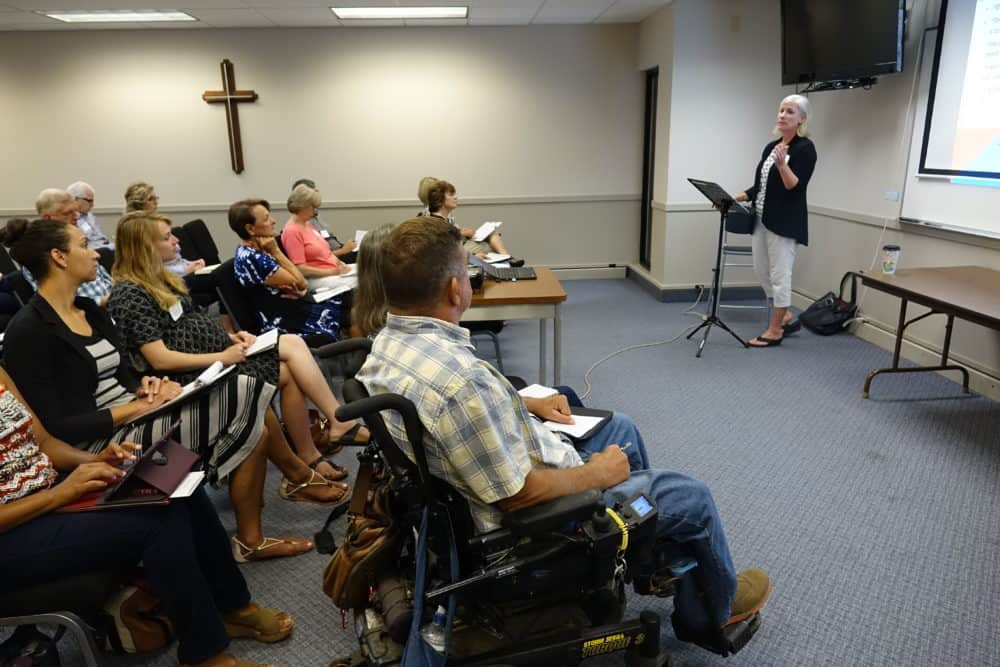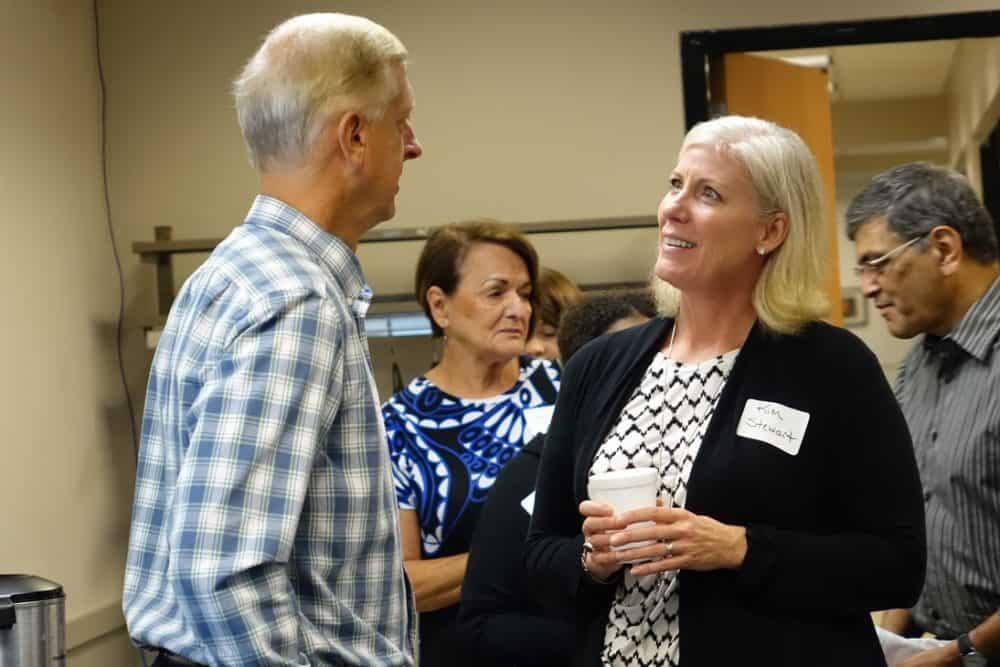Launching a Ministry of Financial Leaders
Eagle Brook Church is on a whole other level of fundraising – you may think when comparing your church or organization’s development efforts.
But don’t let Eagle Brook’s $38 million annual budget discourage you. Much of Eagle Brook’s success at paying off their debts associated with planting and running 6 church sites, is due to Kimberly Stewart’s Ministry of Financial Leaders plan she implemented 8 years ago to make the church sustainable.
Engaging Financial Leaders
 Kimberly Stewart is Eagle Brook Church’s Executive Director of Development, and her passion for fundraising isn’t just about the church’s bottom line, she has a sincere heart for high capacity givers in her church, called “Financial Leaders.”
Kimberly Stewart is Eagle Brook Church’s Executive Director of Development, and her passion for fundraising isn’t just about the church’s bottom line, she has a sincere heart for high capacity givers in her church, called “Financial Leaders.”
“I find that people who ask for money can be intimidated of people with wealth or success. I find this a lot with Senior Pastors, and they never know how to minister to them,” said Stewart.
She said affluence is often a burden, and many with it are unsure of how to steward their wealth.
“We’ve all heard the saying, ‘more money, more problems,’” said Stewart.
Stewart has forged deep, meaningful relationships with Eagle Brook’s top 100 financial leaders.
“We don’t just call them when it’s time for a campaign ask. It’s important to build relationship throughout the year – know their families, and what they’re passionate about.”
Relationships Outweigh Fundraising Needs
[pullquote]churches and nonprofits [should] not [only] value a financial leader solely for their ability to write big checks.[/pullquote]“Our Financial Leader Ministry has turned out to be about far more than just money. Our meetings often involve praying for and praying with people about personal topics,” said Stewart.
She encourages churches and nonprofits not to value a financial leader solely for their ability to write big checks.
Churches should realize the other ways being in a relationship with financial leaders can help the church. She suggests inviting financial leaders to participate in focus groups, set-up meetings for the church’s executive team to meet with financial leaders and discuss business and financial strategies, and regularly send church financials in order to stay transparent about the church’s financial situation.
A Wise Investment
And the return on the relational investment is good, those same top 1% of financial leaders at Eagle Brook represents 42% of total gifts in 2015.
I’ve never once heard someone say they regretted their gift or they gave too much, all I hear is “what an honor and blessing to give toward God’s work.” In fact after one anonymous donor paid down Eagle Brook’s $16 million debt, he told Kimberly, “I can’t out-give God, but I’m certainly going to give it a try.”
Stewart says never assume any donor is already giving at their maximum capacity. That anonymous $16M donor had previously pledged a large amount for an ongoing campaign; yet due to their solid relationship with him, Stewart and Senior Pastor Bob Merritt approached him for more funds.
“What would have happened if we had assumed he was already at capacity?” Stewart asks.
The Risk of Missing Out on Spiritual Growth
 The Church wouldn’t be the only one missing out, Stewart believes some of the church’s financial leaders would be missing out on spiritual growth and could miss out on becoming fully connected to the church. Stewart say through this ministry many financial leaders realize they are needed to fulfill the mission of the Church, and find joy in exercising the gifts God has given them. Stewart says launching a ministry to financial leaders is just as spiritual as any other church ministry.
The Church wouldn’t be the only one missing out, Stewart believes some of the church’s financial leaders would be missing out on spiritual growth and could miss out on becoming fully connected to the church. Stewart say through this ministry many financial leaders realize they are needed to fulfill the mission of the Church, and find joy in exercising the gifts God has given them. Stewart says launching a ministry to financial leaders is just as spiritual as any other church ministry.
Since Eagle Brook started their ministry of financial leaders 8 year ago, it has seen 61% growth in their financial leaders overall giving and raised $36 million in three campaigns.
Stewart says financial leader will only give to the capacity they think a church can handle. So it is up to the church or nonprofit to offer a compelling vision, show a compelling financial need, and have trusted leadership, to prove to its financial leaders that it’s a good investment.
“These financial leaders want to have a real impact but only when the church or organization can show that it’s capable of receiving such gifts,” said Stewart.
Here’s what some of our Ministry Equip participants had to say about the Engaging Financial Leaders seminar:
“This training was very thoughtful. Most books on fundraising are pretty cookie-cutter, or they get dated really fast. Steward was good at teaching the principles, not just the methodology,” said John Mayer, president of City Vision.
“I feel more tooled to do fundraising. This was a great refresher and there are new things out there that I hadn’t thought of, and it stretches me,” said Melanie March Leehy, Executive Director Community Renewal Greater Twin Cities.
